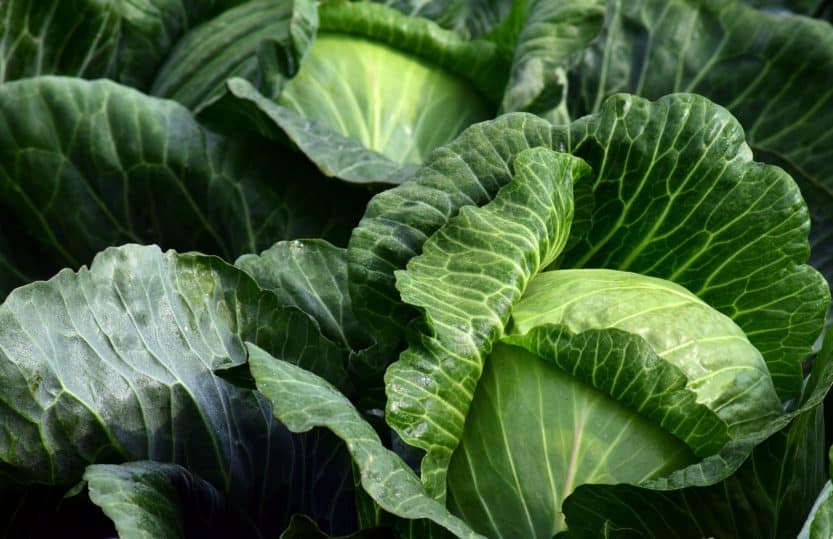Cabbage is one of the best-known brassica plants. Its iconic form and culinary versatility make it a great addition to any garden. The cabbage plant is high in nutrients, such as vitamin C, along with vitamin K and beta-carotene. Cabbage prefers a cool growing climate; and planting one of the early varieties can allow you to beat the heat, while still providing a substantial yield.
Buy Cabbage Seeds Online
| Image | Name | Rating | Shop |
|---|---|---|---|
 | Organic Cabbage Seeds Red Express Cabbage | ||
 | Copenhagen Great Heirloom Vegetable Bulk 15,000 Seeds |
Cabbage Varieties
You have a choice of early-season cabbage, main-season and all the way to a late-season cabbage. There is also a range of colors available when purchasing cabbage seed, ranging from green to purple and red. In most cases, a mix of varieties is best, in order to counter any adverse weather or crop failure and to provide a steady supply of cabbage all season long.
Starting Cabbage Indoors
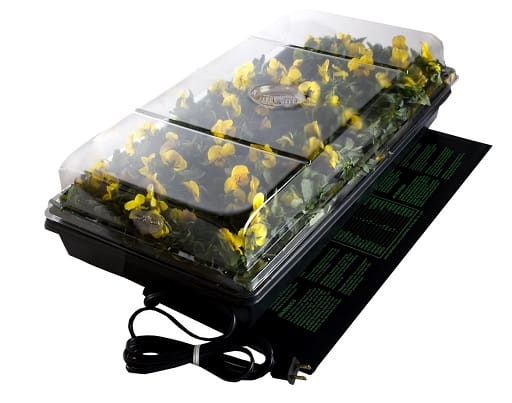
Cabbage will do best with a long, stress-free growing period, in order to minimize the possibility of splitting or bolting. You can start your cabbage seeds indoors in a heated germination tray (Buy Online) about 4 weeks before you can put the plants outside. Be sure to harden the plants off, by placing them outside for short periods each day in the week(s) before you plant them.
When Should You Plant Cabbage?
A spring crop should be planted after your last frost when the temperature outside is above 50 degrees. If you plant an early variety (50 to 60 days) in the spring, then you should be able to get a harvest before the summer heat bears down.
A main-season cabbage will require up to 90 days to reach maturity; and in some warmer climates, this might lead to poor plant performance. A late-season cabbage can take up to 120 days to mature, and this type is recommended for places that have summer temperatures that stay below 80 degrees Fahrenheit (26.6 C) for most of the summer.
Planting Cabbage

What Type of Soil Does Cabbage Grow Best In?
Cabbage plants need a very rich soil with a high level of organic matter, so it is best to add a generous amount of compost to the planting area. Cabbage also needs sufficient calcium in order to thrive, so lime should be added to soils that lack sufficient calcium.
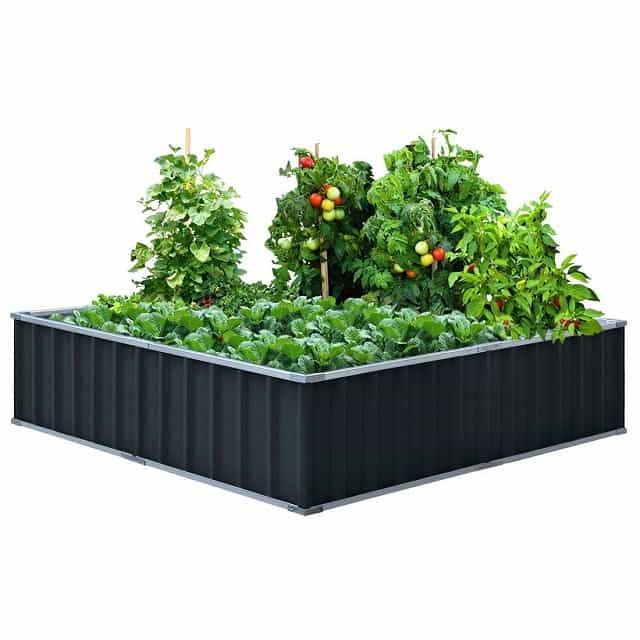
Make sure the soil is well draining and is not prone to standing puddles of water for any period of time because cabbage plants are very susceptible to rot and molds. If your soil is not suitable, you can consider growing cabbage in a raised bed (Buy Online), where you can provide optimal soil conditions. Cabbage plants prefer full sun, in order to produce a full yield, so be sure to pick a spot that has access to light throughout the day.
Cabbage Plant Spacing & Cabbage Planting Depth
When you plant the cabbage plants, make sure to provide adequate space for them to spread out, as some early varieties might require less space while late varieties will require much more space. A good rule of thumb is to allow 12 to 30 inches (30.5 to 76 cm) of space in between the plants.
If you are putting transplants into the garden, then you should bury the plant up to its first set of leaves, in order to bolster the week stem that might have formed from growing indoors. If you are planting seed directly into the garden, then place your seeds at a spacing of about 6 to 12 inches (15 to 30 cm), in order to compensate for poor germination.
Thinning Cabbage Seedlings
When your seedlings emerge, you should thin out the weakest of the bunch, allowing adequate spacing based on the variety you have planted. Water your transplants or seeds deeply after planting; and, for the next 3 to 5 days, continue watering daily until your transplants perk up and/or your seedlings germinate.
Cabbage Plant Care
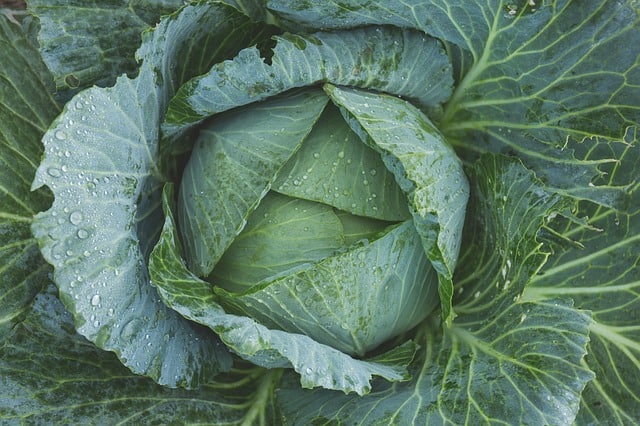
Cabbage Weed Control
If weeds become a problem early on in the cabbage patch, you must carefully remove the weeds, by cutting them at the base instead of pulling them, because cabbage plants have very shallow roots and you do not want to disturb the surrounding soil. Cabbage plants require a good source of water throughout their growing season.
Cabbage Water Requirements
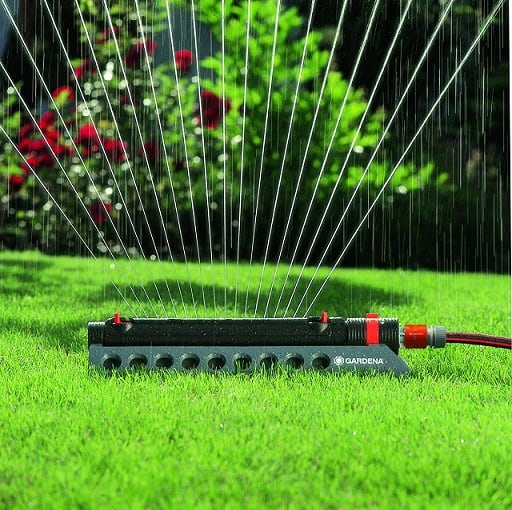
Care should be taken not to over water the plants, as this can lead to cracking of the heads, which can leave your plants open to disease and make the harvest unusable. It is best to water lightly every few days, as your plants mature, aiming to provide 1 to 1.5 inches (2.5 to 4cm) of water a week.
Cabbage Fertilizer Requirements
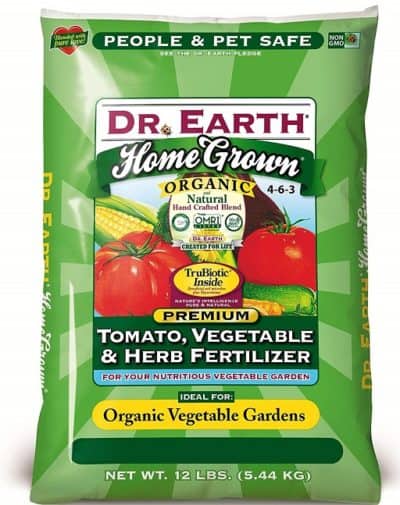
Be sure to fertilize your plants regularly with a fertilizer high in nitrogen. In the case of early season varieties, you should add fertilizer (Buy Online) shortly after planting; and then water consistently, every two weeks, up until the harvest. With main and late varieties, add fertilizer to the plants every 3 weeks, in order to provide adequate nutrients during their longer growing season.
When to Harvest Cabbage
When the time comes to harvest your plants, you should check that the heads are firm and dense; and if the head is still loose, give the plant some more time to fully mature. On the other hand, if you leave the head on the plant for too long, you run the risk of the cabbage splitting, so be sure to harvest your plants in a timely fashion.
How to Harvest Cabbage From the Garden
When you cut the head from the plant, be sure to make clean cut precisely where the stem meets the head. This cut will allow the plant to heal, should you choose to let the plant produce side shoots, which can provide miniature cabbage for the rest of the season. Certain cabbage varieties store better than others. Fall and main crop types tend to keep better over the winter in a root cellar or refrigerator.
Storing Cabbage
Early season varieties, on the other hand, tend to keep for a shorter period and should be eaten soon after they are harvested. If you want to preserve cabbage for longer periods, you can make sauerkraut by fermenting the cabbage; or you can chop the cabbage up and lightly blanch it, then put it in the freezer for use later or throughout the year


